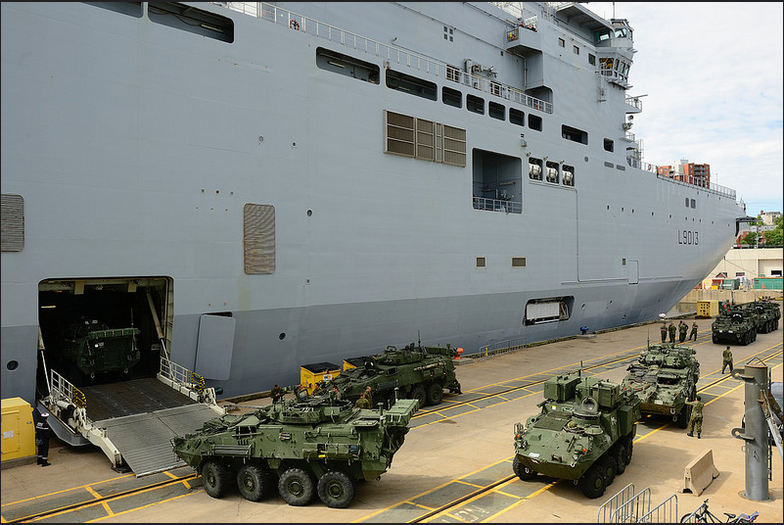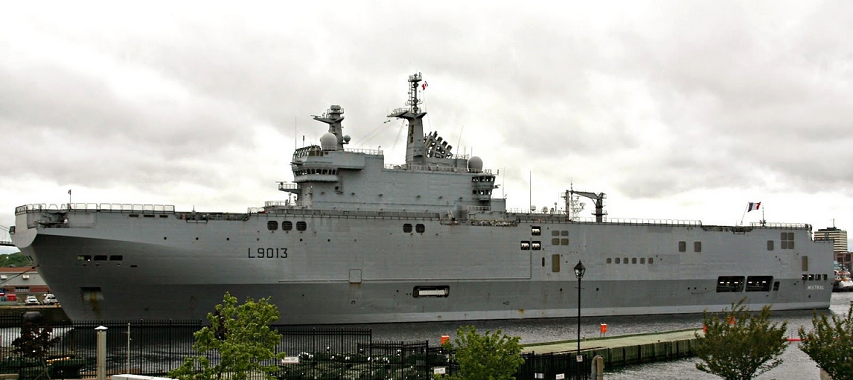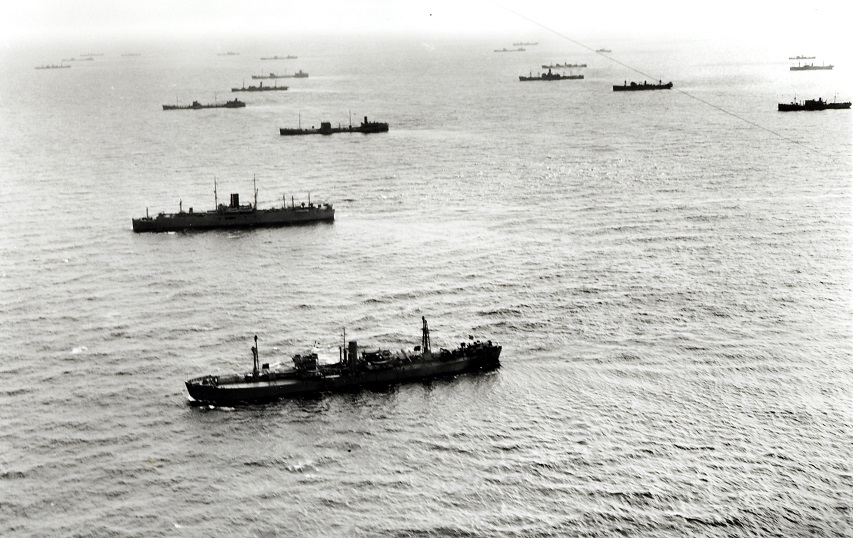In the Toronto Star, Bruce Campion-Smith and Les Whittington report on the debate in the Commons over sending RCAF aircraft to join the coalition against ISIS:
Canadian fighter pilots will be in combat for the second time in three years after Prime Minister Stephen Harper announced CF-18 jets are being dispatched to the region to battle Islamic State militants.
Political lines were quickly drawn over the planned six-month mission, with the New Democrats and Liberals telling the Commons in a dramatic standoff Friday that they would oppose the military operation when MPs debate and vote on it Monday.
But the government’s motion to deploy the Royal Canadian Air Force as part of the United States-led coalition confronting Islamic State fighters is expected to be approved by the Conservative majority in Parliament.
Speaking to a hushed Commons, Harper laid out the case for war against Islamic State — or Islamic State of Iraq and the Levant (ISIL), an Al Qaeda splinter group — for “unspeakable atrocities” and which has threatened Canada.
“Let me be clear on the objectives of this intervention. We intend to significantly degrade the capabilities of ISIL,” Harper said.
Up to six CF-18 fighter jets will be deployed to the region to join in coalition airstrikes against Islamic State targets in Iraq and possibly Syria. As well, Canada will contribute one CC-150 Polaris air-to-air refuelling aircraft and two CP-140 Aurora surveillance aircraft. In all, 320 aircrew and other personnel will take part in the mission.
The opposition NDP and Liberal leaders quickly spoke against the action.
NDP Leader Tom Mulcair said the Conservatives have not given Canadians adequate information on how this war would be conducted.
“Will Canada be stuck a decade from now mired in a war we wisely avoided entering a decade ago?” he asked in the Commons.
“The tragedy in Iraq and Syria will not end with another western-led invasion in that region. . . . Canada, for our part, should not rush into this war.”
Liberal Leader Justin Trudeau said his party — which had backed military action in Afghanistan and Libya — would not support the motion endorsing combat.
Trudeau was dismissive of Canada’s contribution, saying the country could do more than sending what he branded “aging warplanes.”
“Whether they are strategic airlifts, training or medical support, we have the capabilities to meaningfully assist in a non-combat role in a well defined international mission,” Trudeau said.
Update: Lieutenant General Yvan Blondin responds indirectly to Trudeau’s dismissive description of the CF-18 (republished at the Ottawa Citizen).
As the Commander of the Royal Canadian Air Force (RCAF) and CF-18 pilot, I wish to dispel any questions pertaining to the relevance of the CF-18. I am completely confident in the ability of the aircraft and personnel to extend Canadian air power anywhere in the world, such as in support of the current air operations underway in Iraq.
The aircraft we fly today have been continuously upgraded throughout their lifespan, ensuring that our crews can fly into harm’s way with the confidence that they have the equipment they need to complete missions safely. Our RCAF personnel and aircraft have proven that they can fight alongside our Allies — they are battle hardened, and the capabilities of our CF-18s today certainly enable them to effectively serve alongside the fighter aircraft being flown by Allies in the fight against ISIL.




 Did you know that the Canadian military is still waiting for the delivery of their new helicopters? This leaves the military brass with little to do but
Did you know that the Canadian military is still waiting for the delivery of their new helicopters? This leaves the military brass with little to do but 

